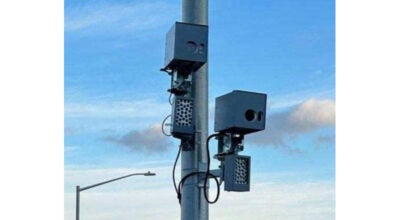Significant port numbers
Published 12:51 pm Saturday, January 3, 2015
Economists and government officials have said for years that the Port of Virginia is a significant contributor to the commonwealth’s economy. A study released this week by the College of William and Mary’s Raymond A. Mason School of Business has quantified that contribution: $60.3 billion a year.
The 36-page study examined three ways the port contributes to the economy — the transportation of export and import cargo within Virginia and across the commonwealth from other states and countries; the export of goods made in Virginia; and the added processing and distribution of imports retained in the commonwealth.
The study is the first that has been done on the ports since the school examined the subject during fiscal year 2006. Comparing the two fiscal years reveals some major gains: port-attributable spending across Virginia is up 47 percent, employee compensation is up 30 percent, selected Virginia taxes are up 17 percent and port-related employment is up 9 percent.
Those numbers are good news to Virginia taxpayers, who have a stake in the cost of port operations and who benefit from the tax contributions that come directly and indirectly from those operations.
The improvements also are good news for the commonwealth’s employment picture, as the port and its supporting suppliers, contractors and other business partners and spinoffs have benefited from the growth in hiring during the past eight years.
Western Tidewater, especially, looks ready to reap big benefits from its location along some of the state’s most important arterial highways. That prime location has led to the region becoming a first-choice location for companies wishing to locate new warehousing and distribution facilities near the ports. The employment picture in that sector is expected to mushroom in the coming years.
As economic development officials seek to provide a viable mix of employment and business opportunities in Southeastern Virginia, they will likely find the new William and Mary report to be an effective marketing tool, a useful planning document.
Considering the report’s conclusion that Virginia’s ports contribute 6.8 percent of the commonwealth’s gross state product, Hampton Roads legislators might want to keep a copy in their back pocket to use as a cudgel when officials from other parts of Virginia claim that Tidewater’s traffic problems are not statewide issues.
In fact, traffic problems around the ports are as much a statewide issue as the dollars that flow to the state because of those facilities.
Members of Hampton Roads’ General Assembly delegation should make that message part of every meeting and every speech they deliver, until their counterparts from the other parts of Virginia can recite the figures from this report as readily as if it had been written by their own staffs.




